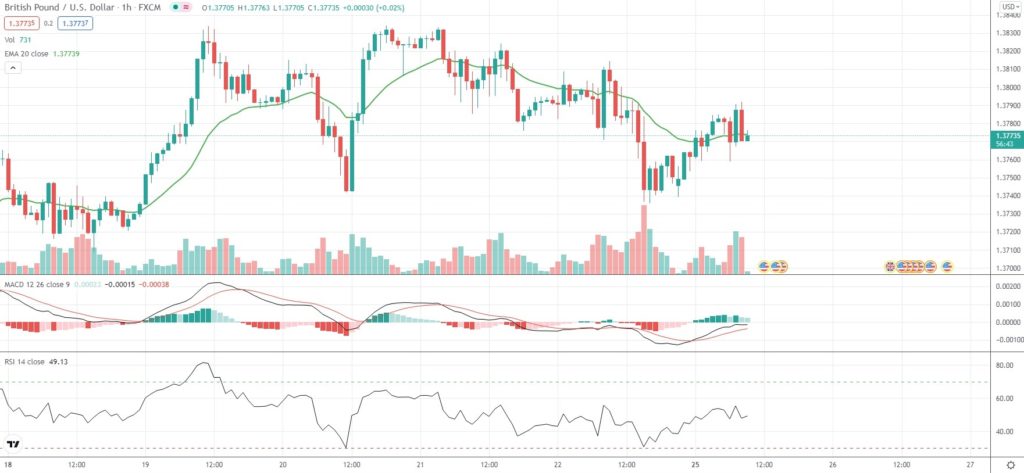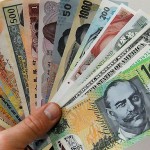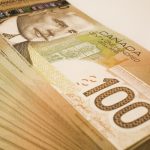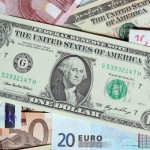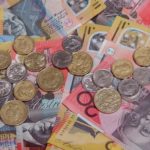GBP/USD edged up at the start of the new week as market players weighed the prospect of inflation speeding up the pace of rate increases outside the United States. Markets are now pricing a nearly 60% possibility that Bank of England will lift interest rates next week.
Meanwhile, against a basket of six major peers, the US Dollar retreated to a one-month low of 93.484 earlier on Monday, after Federal Reserve Chair Jerome Powell said last week that it was still not the right time to start hiking rates.
Still, investors have already priced in that the Fed will begin raising borrowing costs in the second half of 2022 and have begun to cut their net long USD positions in anticipation that other central banks could take action even sooner.
On the other hand, since GBP/USD has remained in the area below the one-month high from last week, some analysts have begun to think it is losing momentum.
“Dollar risks remain skewed to the upside,” Kim Mundy, a currency analyst at the Commonwealth Bank of Australia, was quoted as saying by Reuters.
“(Fed) members are slowly conceding that inflation risks are skewed to the upside (and) the upshot is that interest rate markets can continue to price a more aggressive Fed Funds rate hike cycle which can support the dollar.”
As of 8:52 GMT on Monday GBP/USD was edging up 0.23% to trade at 1.3782, while moving within a daily range of 1.3740-1.3792. Last week the Forex pair went up as high as 1.3834, which has been its strongest level since September 16th (1.3853). The major currency pair has gained 2.25% so far in October, following a 2.06% loss in September.
Bond Yield Spread
The spread between 2-year US and 2-year UK bond yields, which reflects the flow of funds in a short term, equaled -20.33 basis points (-0.2033%) as of 8:15 GMT on Monday, down from -19.6 basis points on October 22nd.
Daily Pivot Levels (traditional method of calculation)
Central Pivot – 1.3767
R1 – 1.3799
R2 – 1.3847
R3 – 1.3878
R4 – 1.3909
S1 – 1.3719
S2 – 1.3688
S3 – 1.3640
S4 – 1.3592
